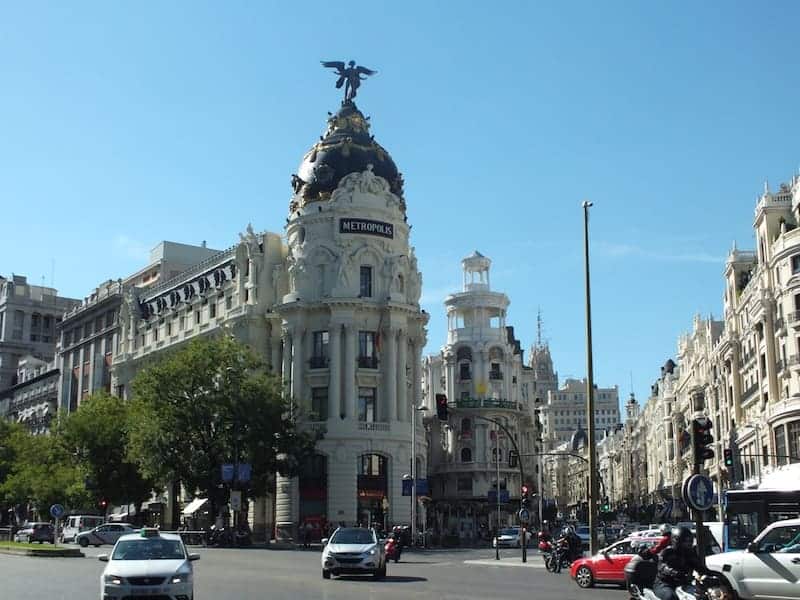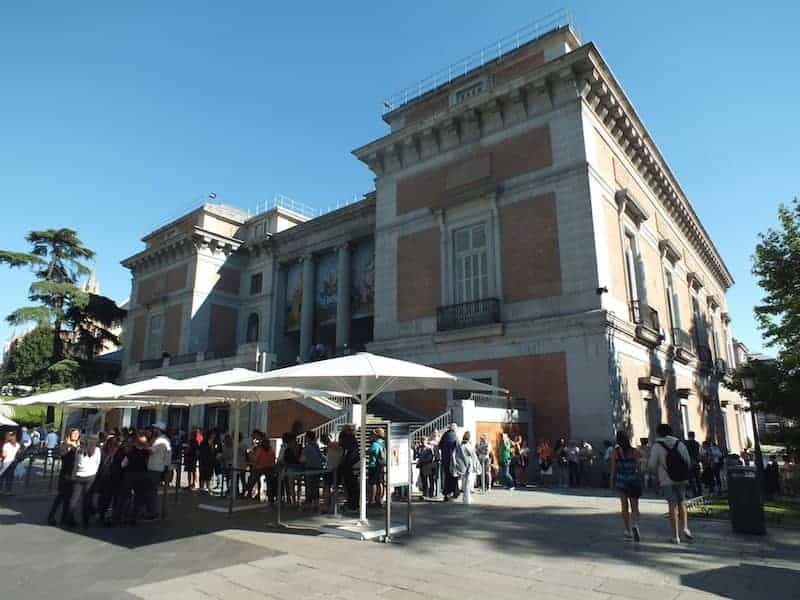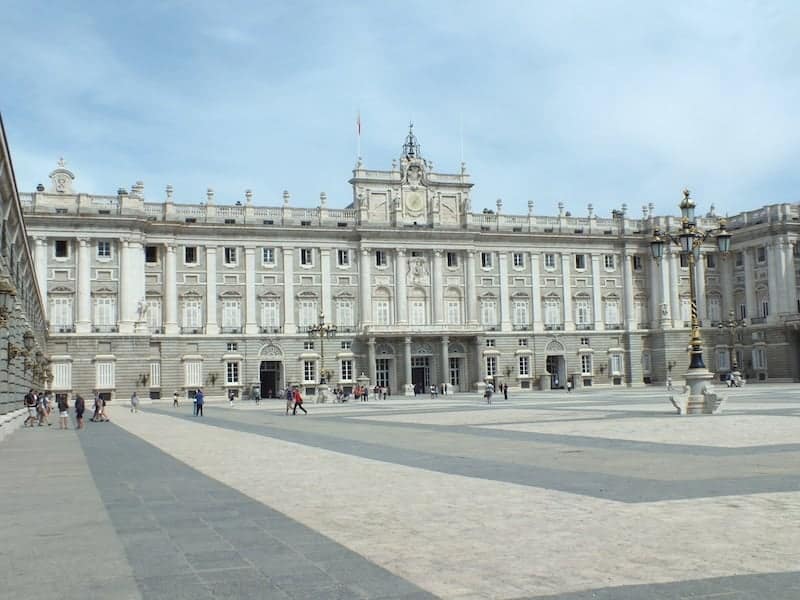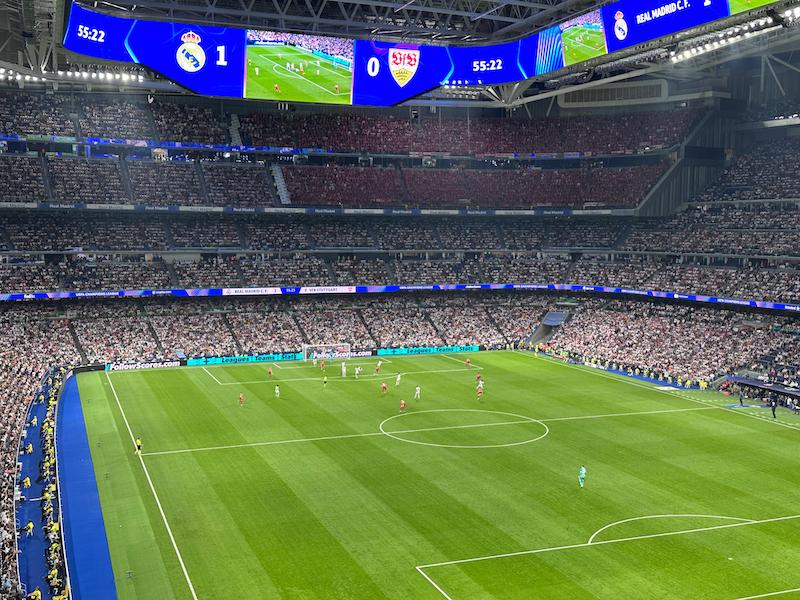Routes through Madrid to get to know the Cibeles fountain
This square in the centre of Madrid is one of the greatest symbols of the city and one of its main crossroads, since the Paseo del Prado and Paseo de Recoletos meet at this point, with Alcalá street cutting across them. In this urban space, it is possible to see various historical monuments of great interest in the Spanish capital.
Located in the centre is the Fountain of the goddess Cibeles, a huge sculpture that was sculpted in the year 1782 and whose design is the work of one of the greatest architects of the age, the prestigious Neo-classical artist Ventura Rodríguez.
This fountain represents the goddess of the land, and it was originally in front of the Fountain of Neptune, the god of the sea.
With the passing of time, the two fountains were separated and that of Cibeles is today located in the plaza bearing her name.
On the corner between the Paseo Recoletos and Alcalá street is Buenavista Palace, or Army Headquarters, which is the oldest buildings on the site, dating back to the year 1777. This palace is completely surrounded by gardens and its own fence, used for military purposes.
In the opposite corner is the headquarters of the Bank of Spain. A huge corner building, it has three monumental façades facing Alcalá street, Paseo< del Prado and, of course, Plaze de Cibeles, where its main entrance is located. The construction of this property began in 1886, since the prior headquarters of this institution was located on nearby Atocha street.
On the other side of the Paseo del Prado is the Palace of Communications, which currently has been renovated in order to house the Madrid City Council. Its name has also changed from Cibeles Palace. It is the most grandiose building on the plaza, and it is also the most modern, because it was built between 1907 and 1919 in the eclectic style of the early 20th century.
And finally, on the opposite corner is Linares Palace. Today, many of its rooms are occupied by the Casa de América, a cultural centre very active in the capital in which countless events, expositions and concerts are held. And in addition to its historic, artistic and cultural value, it’s necessary to add the appeal of the stories that surround this palace, which according to legend is still inhabited by ghosts of the past.

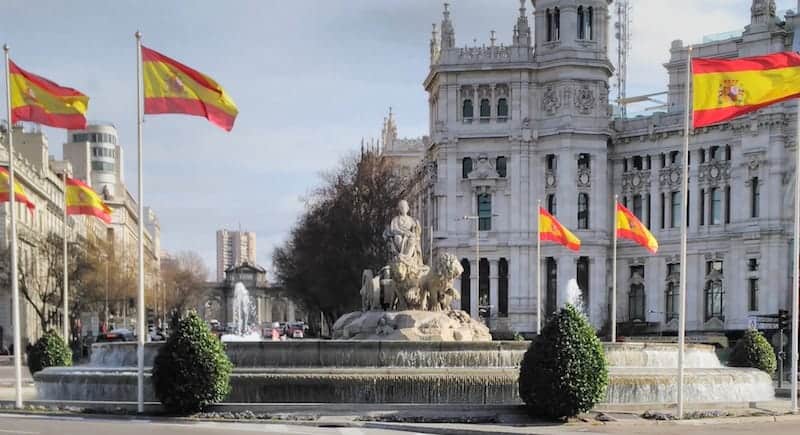
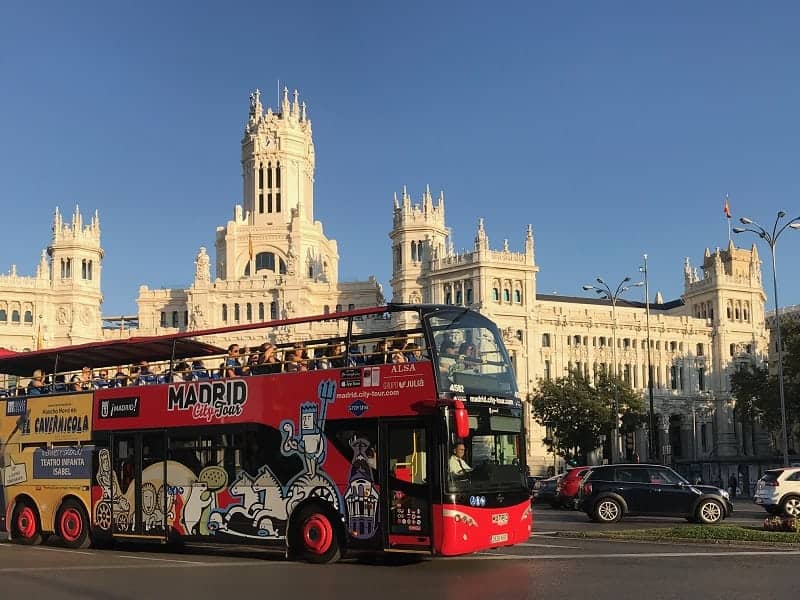


![[cml_media_alt id='1518']español[/cml_media_alt]](https://www.okmadridtours.com/wp-content/uploads/2014/07/español-25x15.jpg)
![[cml_media_alt id='1516']Ingles[/cml_media_alt]](https://www.okmadridtours.com/wp-content/uploads/2014/07/ingles-25x15.jpg)
![[cml_media_alt id='1517']aleman [/cml_media_alt]](https://www.okmadridtours.com/wp-content/uploads/2014/07/aleman-25x15.jpg)
![[cml_media_alt id='3013']holandes 25x15[/cml_media_alt]](https://www.okmadridtours.com/wp-content/uploads/2015/01/holandes-25x15.jpg)
![[cml_media_alt id='3012']italiano25x15[/cml_media_alt]](https://www.okmadridtours.com/wp-content/uploads/2015/01/italiano25x15.jpg)
![[cml_media_alt id='3011']frances 25x15[/cml_media_alt]](https://www.okmadridtours.com/wp-content/uploads/2015/01/frances-25x15.jpg)
![[cml_media_alt id='3010']portugues 25x15[/cml_media_alt]](https://www.okmadridtours.com/wp-content/uploads/2015/01/portugues-25x15.jpg)
![[cml_media_alt id='3009']rusia 25x15[/cml_media_alt]](https://www.okmadridtours.com/wp-content/uploads/2015/01/rusia-25x15.gif)
![[cml_media_alt id='3008']china 25x15[/cml_media_alt]](https://www.okmadridtours.com/wp-content/uploads/2015/01/china-25x15.png)
![[cml_media_alt id='3007']japon 25x15[/cml_media_alt]](https://www.okmadridtours.com/wp-content/uploads/2015/01/japon-25x15.jpg)
